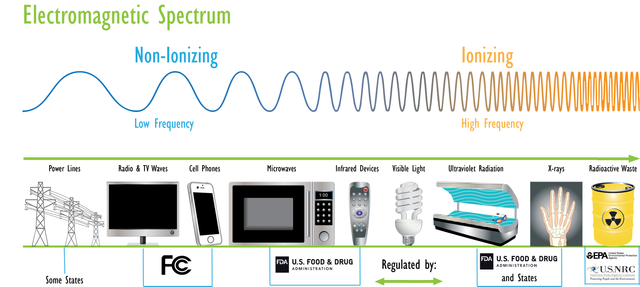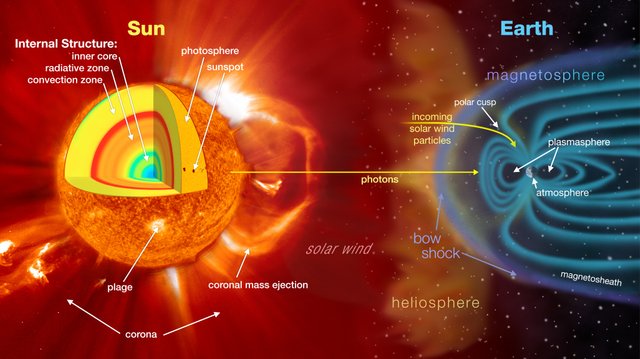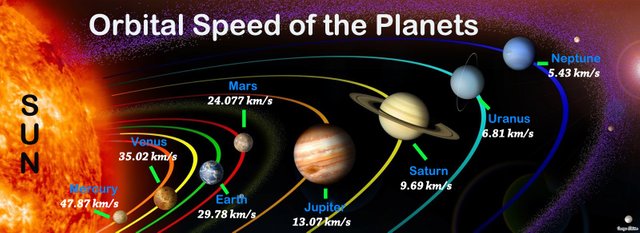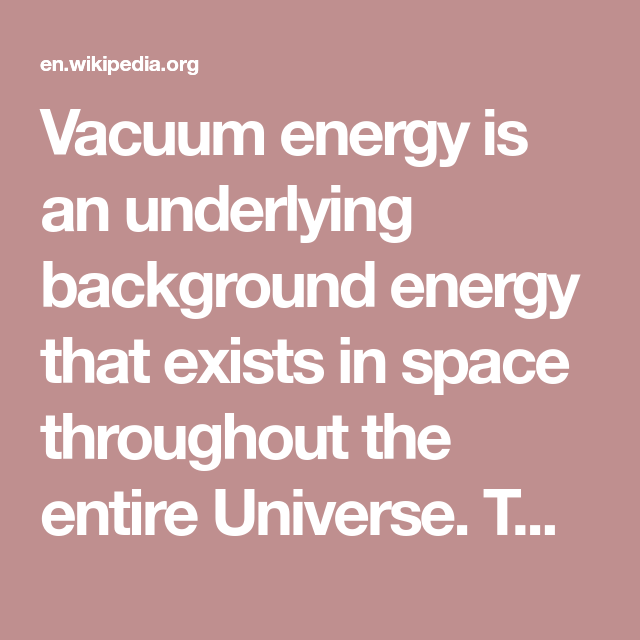
"Electromagnetic radiation can be described in terms of a stream of mass-less particles, called photons, each traveling in a wave-like pattern at the speed of light. Each photon contains a certain amount of energy. The different types of radiation are defined by the the amount of energy found in the photons. Radio waves have photons with low energies, microwave photons have a little more energy than radio waves, infrared photons have still more, then visible, ultraviolet, X-rays, and, the most energetic of all, gamma-rays."
https://imagine.gsfc.nasa.gov/science/toolbox/emspectrum1.html

"The solar wind is now know to be a mixture of materials found in the solar plasma, composed of ionized hydrogen (electrons and protons) with an 8% component of helium and trace amounts of heavy ions."
https://umbra.nascom.nasa.gov/spartan/the_solar_wind.html

"As an object's speed increases, its kinetic energy increases as well."
https://study.com/academy/lesson/how-orbits-are-influenced-by-gravity-energy.html
"it has kinetic energy and is in a gravitational field, so it has potential energy."
https://www.vedantu.com/physics/energy-of-an-orbiting-satellite

"The average temperature of outer space near Earth is 283.32 kelvins (10.17 degrees Celsius or 50.3 degrees Fahrenheit). In empty, interstellar space, the temperature is just 3 kelvins, not much above absolute zero, which is the coldest anything can ever get."
https://sciencing.com/temperatures-outer-space-around-earth-20254.html
"The thermal energy storage (TES) can be defined as the temporary storage of thermal energy at high or low temperatures. The TES is not a new concept, and at has been used for centuries"
https://www.ecosenseworld.com/ecosense-installs-thermal-energy-storage-system-iit-jammu